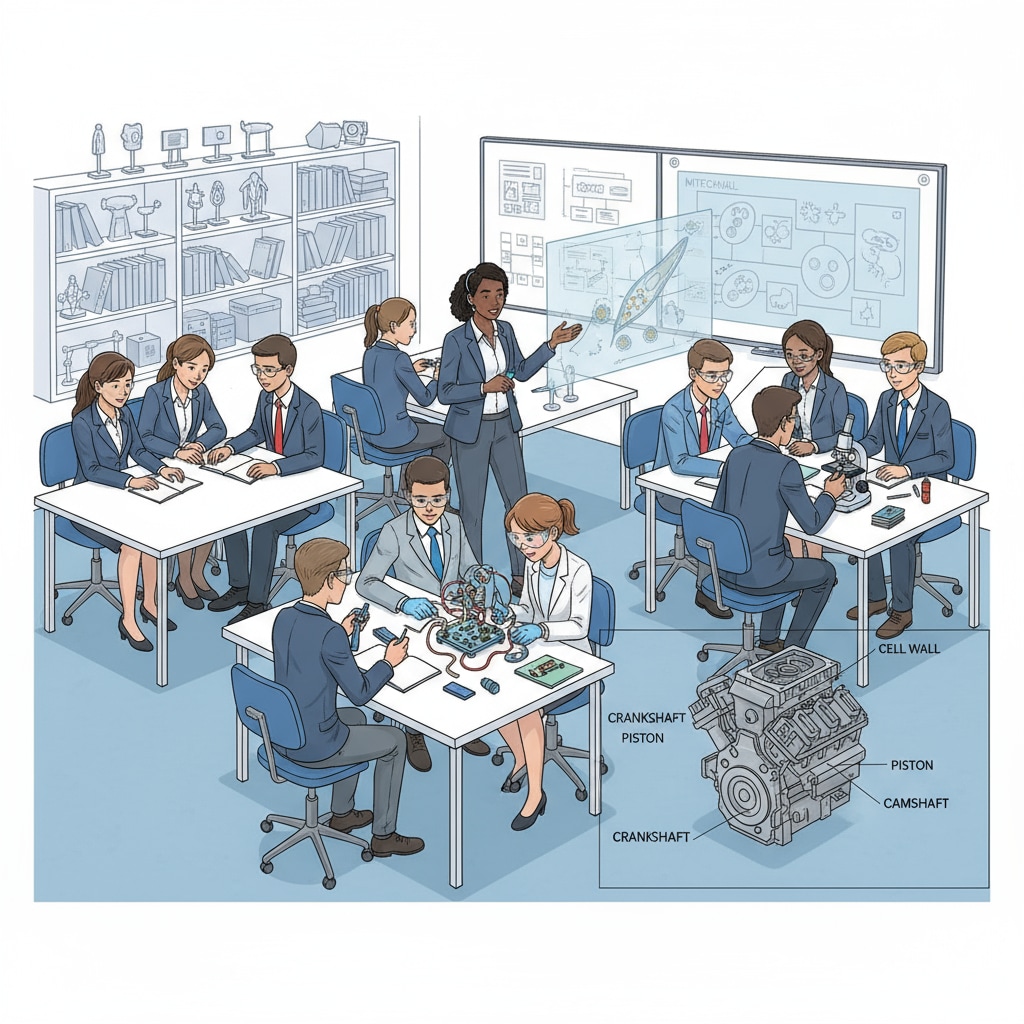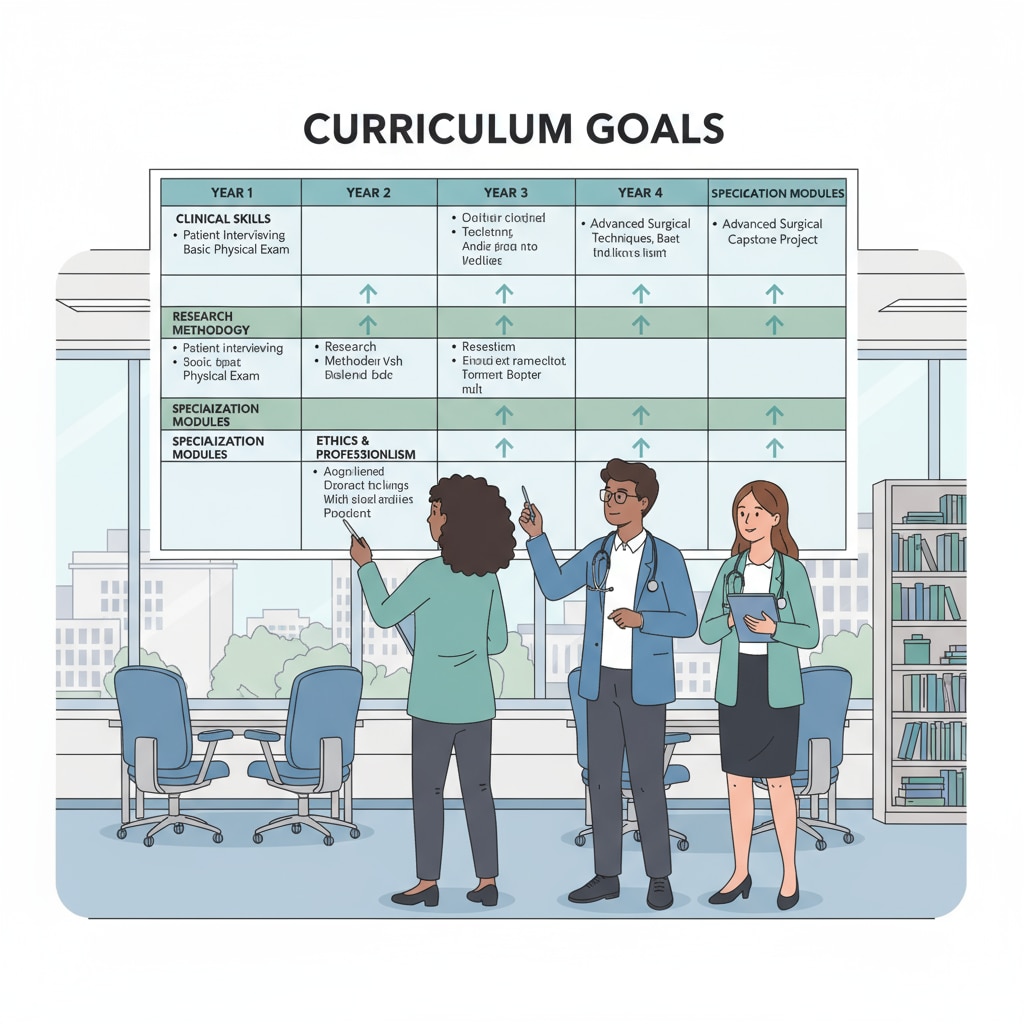In the realm of professional schools, the concepts of teaching methods, curriculum goals, and student assessment play pivotal roles. Professional schools are unique in their focus on preparing students for specific careers, but the application of basic teaching method principles is often overlooked. This article aims to shed light on why these principles are not only applicable but also necessary in such environments.

The Current State of Professional Teachers
Professional teachers in these schools are typically highly proficient in their respective subject areas. They have in-depth knowledge and expertise that is essential for imparting specialized skills to students. However, a common issue is the lack of formal training in teaching methodologies. For example, they might know the intricacies of a particular trade or discipline but struggle to effectively convey that knowledge to students. According to TeachThought, many content experts find it challenging to translate their knowledge into engaging and effective lessons without proper teaching training. This gap can significantly impact student learning outcomes.
The Role of Clear Curriculum Goals
Clear curriculum goals are the cornerstone of successful learning in professional schools. When students have a clear understanding of what they are expected to achieve, they are more motivated and focused. For instance, if a curriculum goal in a culinary professional school is to master a certain number of classic recipes and cooking techniques within a semester, students can plan their learning accordingly. As stated on ASCD, well-defined goals provide a roadmap for both teachers and students. This clarity helps in aligning teaching methods with the desired outcomes, ensuring that every lesson contributes to the overall achievement of the curriculum goals.

Moreover, clear curriculum goals also aid in student assessment. Teachers can design assessments that accurately measure whether students have met the set goals. This not only helps in evaluating student progress but also in identifying areas where additional support may be needed. By having a clear framework of what constitutes success, both teachers and students can work towards a common objective.
Readability guidance: In this article, we’ve seen how the lack of teaching methodology training among professional teachers can be a hurdle. However, by emphasizing clear curriculum goals, we can enhance the learning experience. These elements – teaching methods, curriculum goals, and student assessment – are all interconnected and crucial for the success of professional school education.


